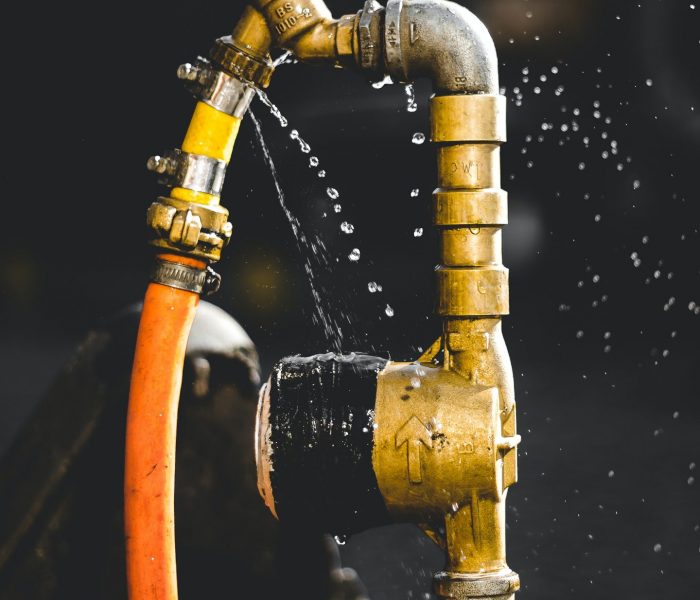I get to this one page that has a video. I normally don't new toilet watch videos but for some reason this one caught my eye. Eventually, I realized that the video was just a recording of the actual sales page itself. Everything was word for word. This is a pretty common copywriting technique that ultimately will capture both audiences; those who like to read and those who like to watch and listen. It was a nice touch.
Use the sandpaper to remove any loose particles from the hole. It is important for the surface to be properly prepared for these types of gutter water line repair.

A c clamp or hose clamp is use full for securing or holding the rubber used to seal leaks on piping. However, a clamp should be used carefully considering the type of pipe being repaired, clamping too tight will fracture the pie leaving you with a bigger problem than you started off with.
Dirty waste water, after all, leaves your house following the law of gravity. Waste water goes downward to the sewer or septic tank, nice and easy. Behind this simple rule is the multitude of vents and traps to keep the process of waste removal possible. Vents allow air to fill drainpipes, precious air that allow waste water outflow. Traps are those curved S-shaped sections of the pipes under the sink drain. Traps perform a crucial role in forcing most of the water through the drainpipe, but leaving some to seal the area and prevent sewer gas from backing up.
A broken water supply line can cause water to spurt from the line connecting the toilet to the main water valve. The first step to repair this leak is to shut off the water line repair supply valve. This will stop the flow of water to the toilet. Next, flush the toilet to remove the water from the bowl and hold down the handle until it is completely empty.
Keep your hands clean and dry. Plumbing jobs get slippery, so it's important to work with a pair of sturdy gloves so you don't lose your grip and accidentally hurt yourself or break something.
Then, you can take your new shower parts home and reinstall them in the inner assembly. It is very important that everything be aligned properly and tightened to prevent leaks. Beware of over tightening, however, since this can also cause problems. Once you are sure everything is installed properly, replace the cover plate and turn the water back on to test your repair work. With a little bit of work, your do-it-yourself shower repair project can be a success. It does not take an expert, just a little effort and know how.